Xiaomi Pad 6 review: doubling the value
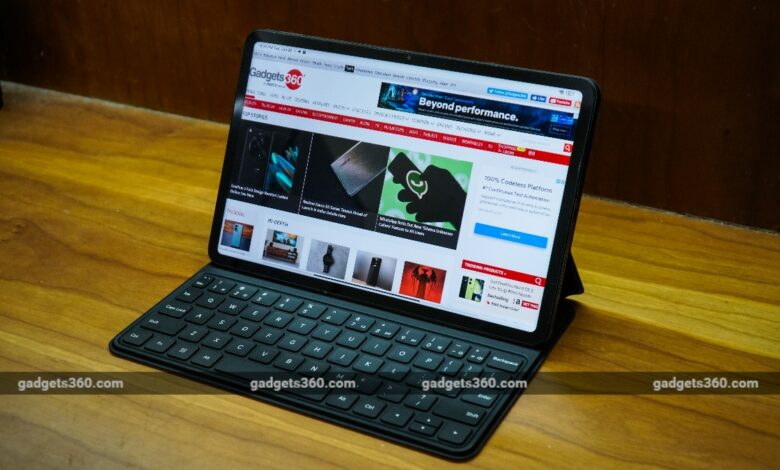
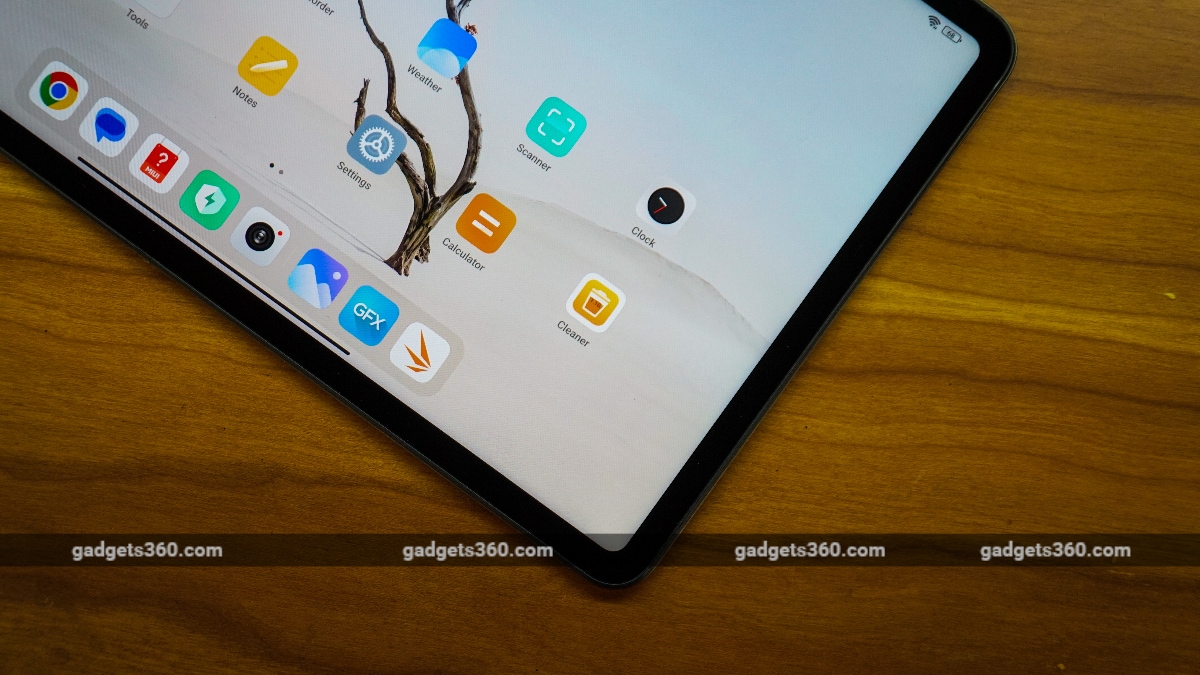
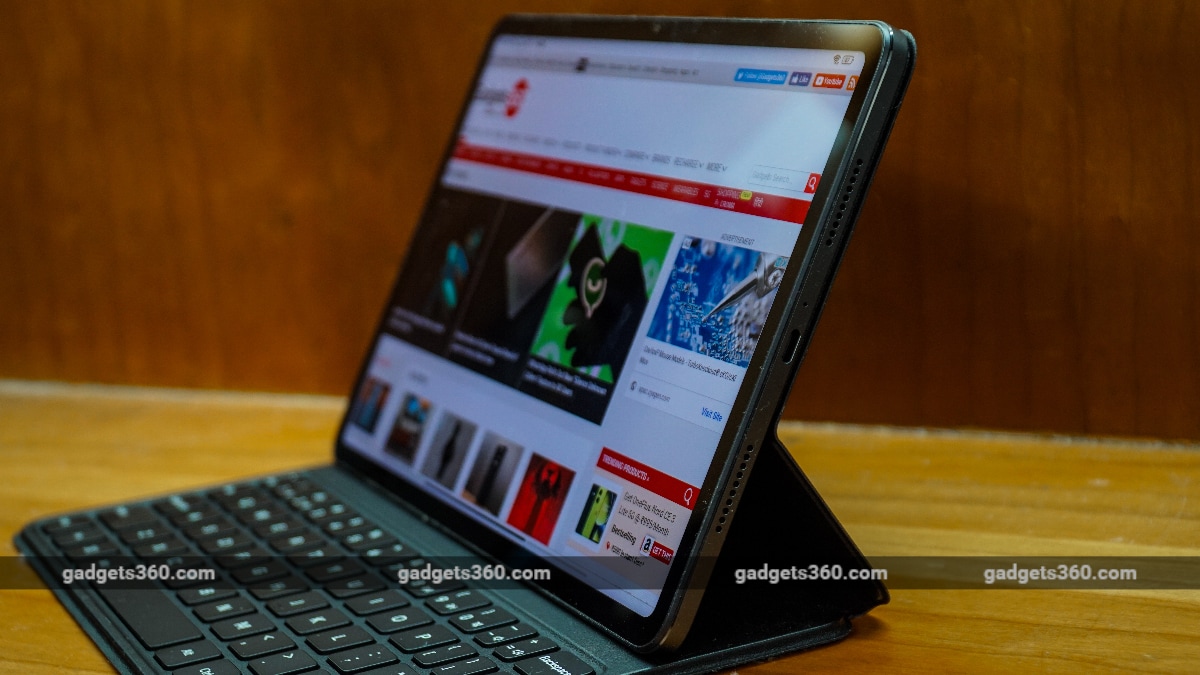
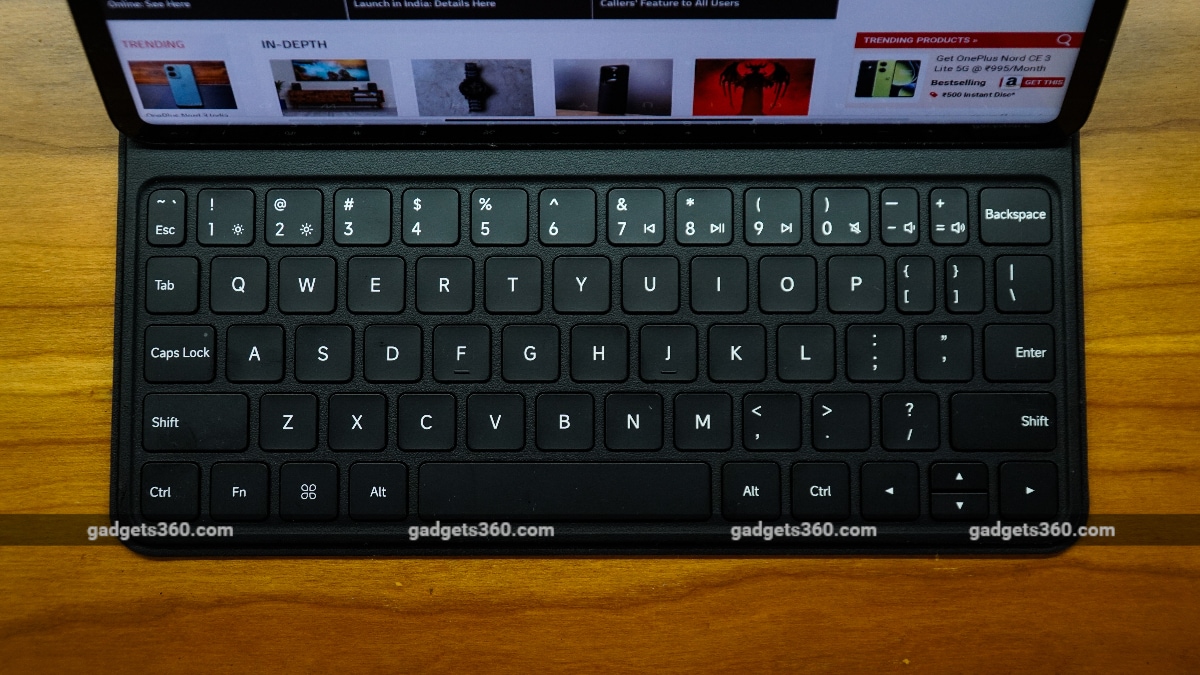
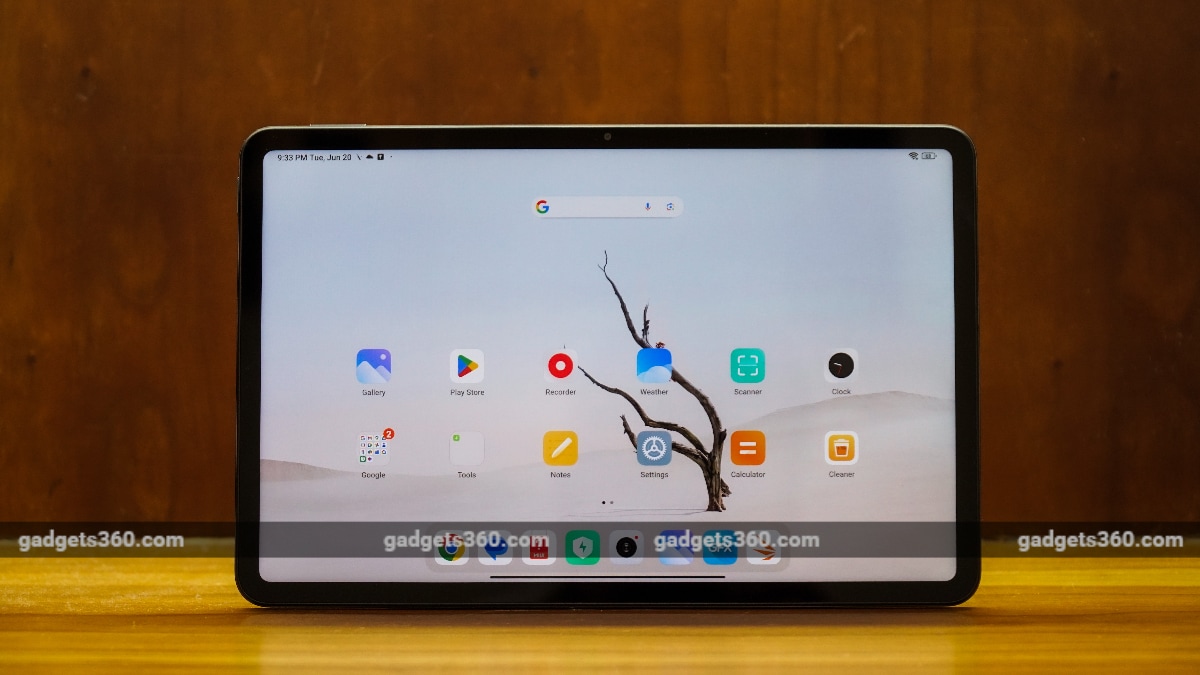
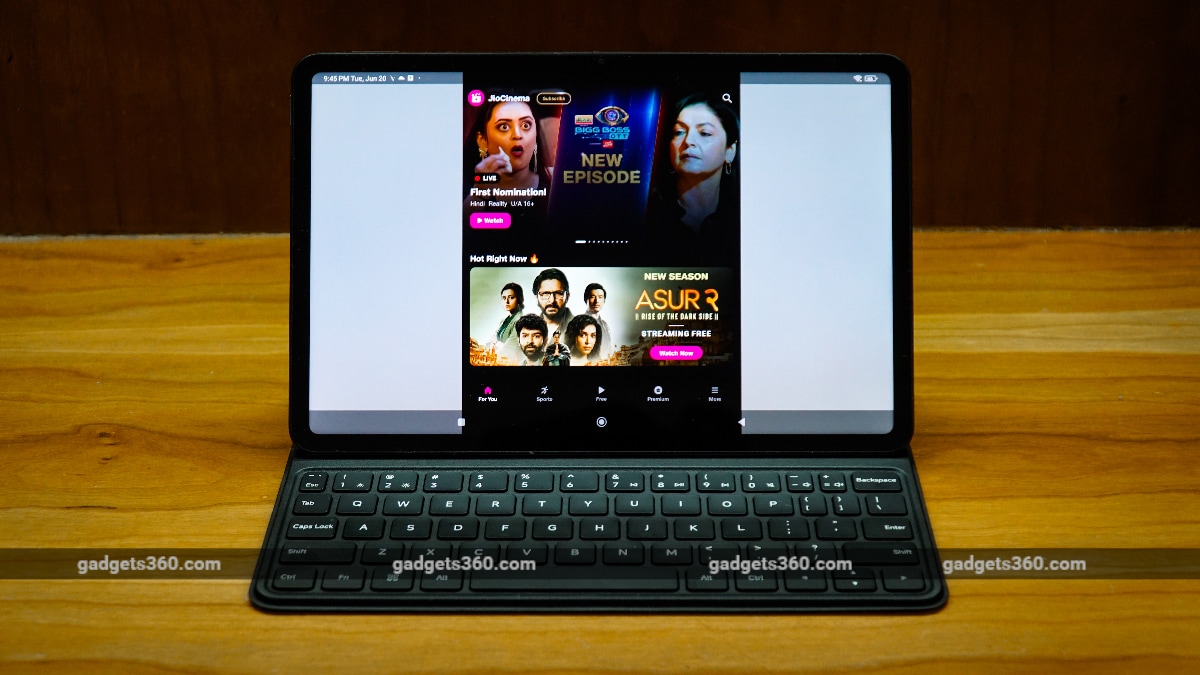
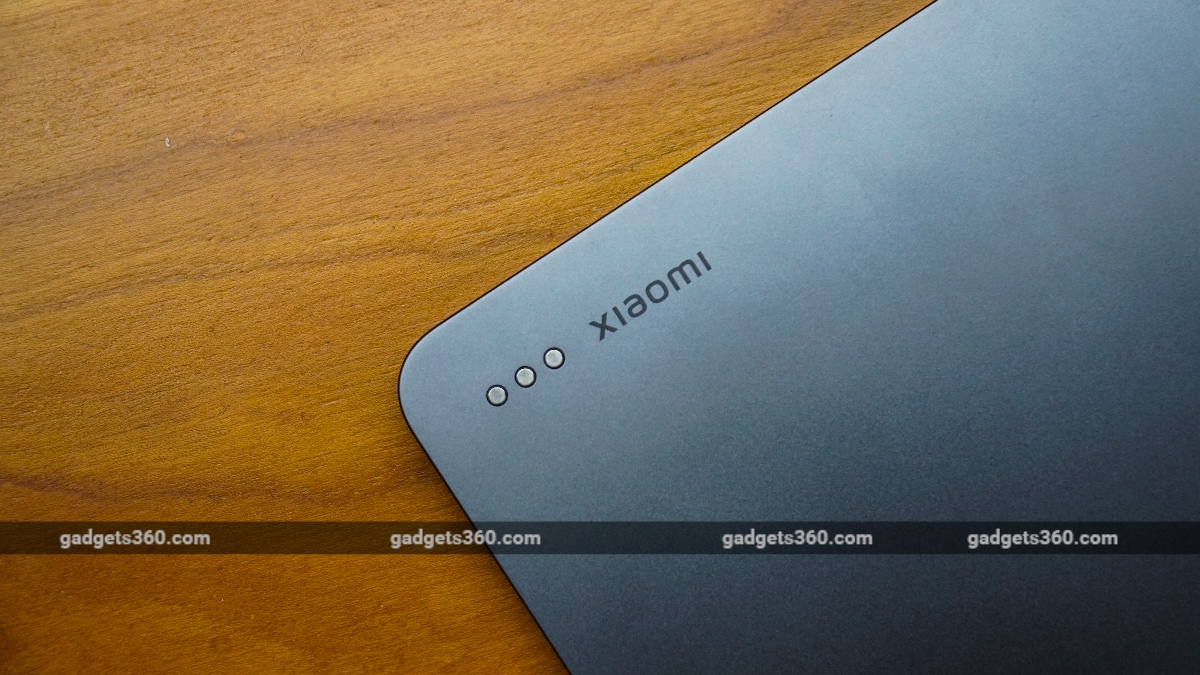
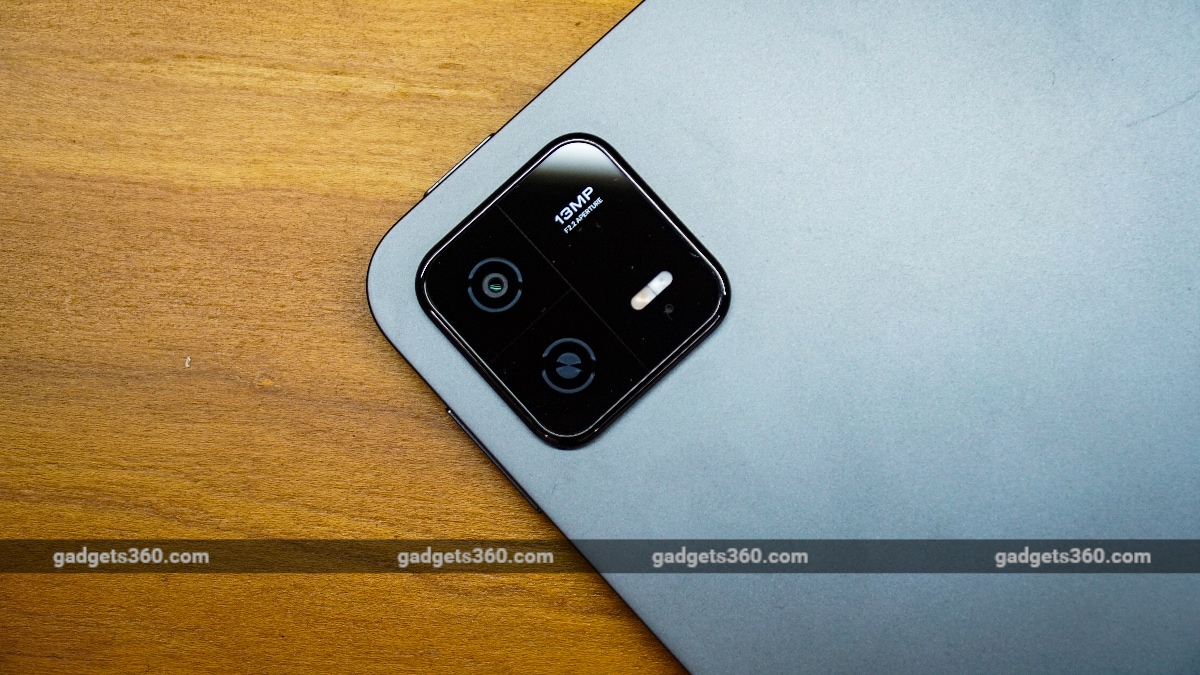
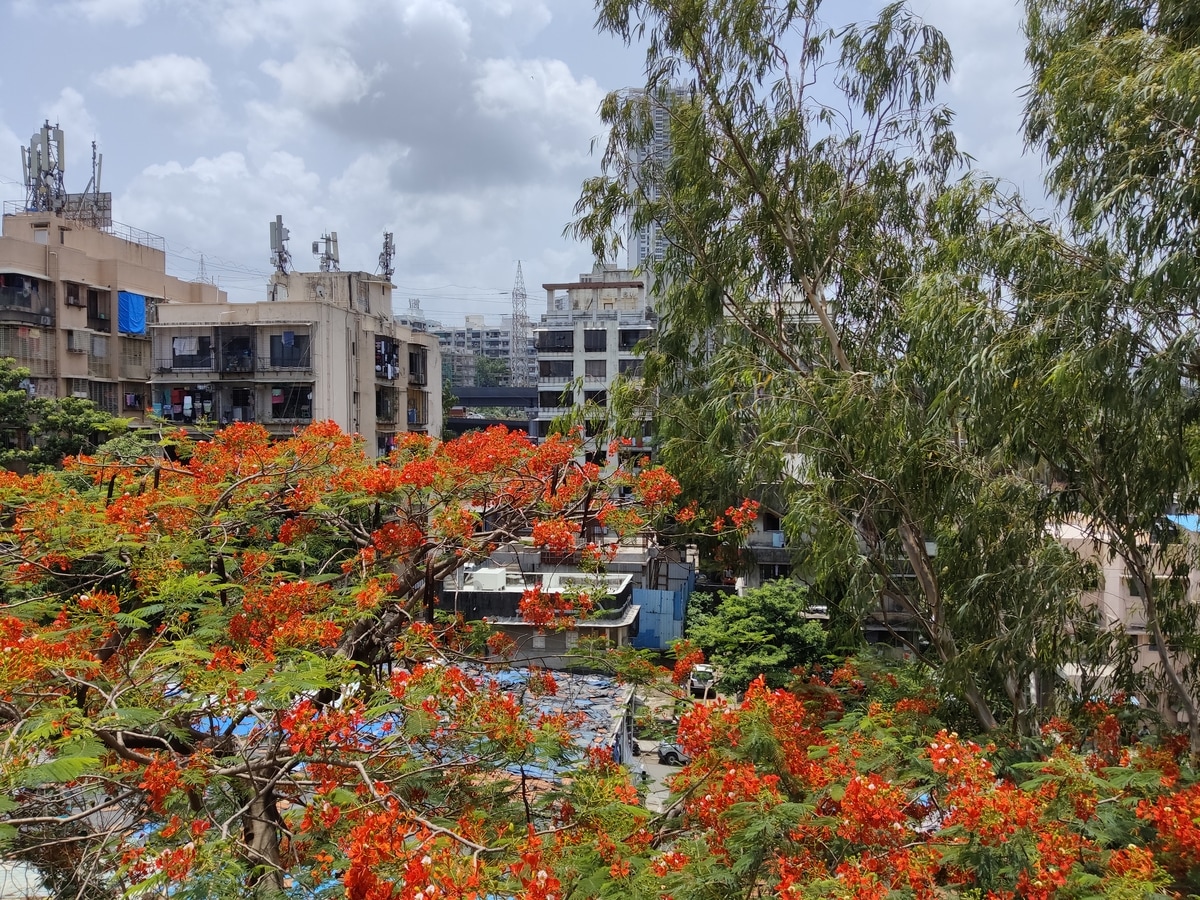


The Xiaomi Pad 6 has been launched as a new Android tablet under Rs. 30,000 in India, replacing the Pad 5 (Review) that debuted last year. The Pad 6 has some big shoes to fill considering that its predecessor did most things right by offering value for money hardware at an attractive price. The new mid-range tablet receives some incremental upgrades over the outgoing model such as a smoother display, a larger battery, and a faster processor. To make the experience more productive, there are also a number of accessories available.
With everything on offer, is the Xiaomi Pad 6 a good deal? Here’s our full review to help you decide.
![]()
Xiaomi Pad 6 has large bezels around the screen
Xiaomi Pad 6 price in India
The Xiaomi Pad 6 starts at Rs. 26,999 for the base variant with 6GB of RAM and 128GB of storage. The company sent us the 8GB RAM variant with 256GB of storage, which is priced at Rs. 28,999. The top-end variant of the Pad 6 gets more RAM for the same price as last year’s Pad 5. The tablet comes in two colour options — Graphite Grey and Mist Blue.
Xiaomi has also launched the Smart Pen (Gen 2) for Rs. 5,999 and a Keyboard Case for Rs. 4,999. There’s also a cover case available for Rs. 1,499. To sweeten the deal even further, the Pad 6 can be purchased as a bundle that includes a combination of these accessories, bringing the effective price slightly lower than what you’d pay if you were to buy them separately.
For instance, the 6GB RAM variant with keyboard and smart stylus is priced at Rs. 34,997 while the 8GB RAM variant costs Rs. 36,997. There are also separate bundle offers for the smart stylus and smart case.
![]()
The speakers on the Xiaomi Pad 6 are quite loud
Xiaomi Pad 6 design and display
Xiaomi has made some design changes to the Pad 6, giving it a premium look and feel. The Xiaomi Pad 6 continues to feature a flat frame design. Unlike the Pad 5 that had a plastic back and a metal frame, the Pad 6 features a full metal unibody design. The company has also managed to make the tablet slightly lighter at 490g, while it is 6.51mm thick.
The design of the camera module seems to have been inspired by the company’s flagship smartphone in India, the Xiaomi 13 Pro (Review). Naturally, the quality of the cameras between the two devices is not comparable and the Pad 6 only has a single camera sensor on the back. The bezels surrounding the display are thick enough to make the tablet comfortable to hold. The front-facing camera is placed at the top center running the length of the bezel, which is good for video calling.
The Xiaomi Pad 6 features an 11-inch IPS LCD like its predecessor, but the resolution and refresh rate technology have gotten an upgrade. It now supports an adaptive refresh rate of 144Hz, and the display can adjust it between 30Hz and 144Hz depending on the content on screen. During my time with the tablet, I only noticed the refresh rate bump up to 120Hz (Smart Switch mode), which is already pretty smooth.
![]()
The Xiaomi Pad 6’s keyboard accessory doesn’t have a trackpad
The display also offers a 2.8K screen resolution (2,880×1,800 pixels), along with support for HDR10 and Dolby Vision HDR certifications. The display offers good brightness, colors, and viewing angles indoors, but in bright sunlight outdoors, I sometimes had to squint to view the content due to the reflective panel. The display has a maximum brightness of 550 nits, which could have been higher. The quad-speaker setup, which is quite loud and produces a good amount of bass, completes the multimedia experience. It also supports Dolby Atmos.
Like the Xiaomi Pad 5, the Pad 6 doesn’t have a side-mounted fingerprint scanner or a 3.5mm headphone jack. The tablet does have a USB Type-C port on the bottom edge that supports the USB 3.2 standard, which is nice to see considering the more expensive OnePlus Pad (Review) had a USB 2.0 port. The Pad 6 also supports video out to a 4K monitor and while not everyone will need this feature, the faster USB 3.2 standard itself should make for faster data transfer speeds that content creators will likely appreciate.
Another productivity-focused feature is support for two new accessories. The Xiaomi Pad 6 supports the Smart Pen (2nd generation) and a keyboard cover. The latter can be attached using the three pogo pins on the back of the tablet. The attachment is not as strong as the magnetic keyboard of the iPad 10th generation (Review). The Pad 6 fell off when I tried to pick up the tablet using the keyboard. It also does not have a trackpad.
The key travel is nice though. Xiaomi has also used a luminescent coating for the letters and symbols on the keyboard, so that they glow in the dark, making it a cheaper alternative to backlighting. The smart pen is quite responsive and offers a lot of features, which we will discuss in the performance section of this review.
![]()
Xiaomi Pad 6 has an 11-inch display
Xiaomi Pad 6 Specifications and Software
The Xiaomi Pad 6 is powered by a Qualcomm Snapdragon 870 SoC, which is a few years old but still quite capable. The tablet doesn’t support storage expansion via a microSD card slot. It also packs a beefy 8,840mAh battery with support for 33W fast charging.
In terms of software, Xiaomi Pad 6 runs on the Android 13-based MIUI 14 for Pad software. The custom Android skin is pretty clean and offers a good amount of features that will do a good job of meeting most productivity and personalization needs.
Xiaomi has also included a lot of software features that take advantage of the large display, such as floating window and split-screen. The latter requires you to have the primary app open and swipe three fingers from left to right across the screen to open the second compatible app. The software also gives you the ability to pair apps and save them as an icon on the home screen, so that both can be opened with a single tap.
![]()
Some apps like JioCinema are yet to be optimized for landscape mode
Xiaomi has also made sure that its own apps are optimised for the 16:10 aspect display. It has also collaborated with a number of popular app developers for the same. For instance, the home screen of the Disney+ Hotstar app can also be viewed in landscape mode, which was not possible when we reviewed the Redmi Pad (Review).
There are, however, many popular apps that aren’t yet optimized for the big screen, though this is more of an Android problem than strictly Xiaomi’s. Jio Cinema, for example, displays gray bars when you open the app in landscape mode, while Twitter and Instagram are simply enlarged versions of the mobile app.
In terms of updates, Xiaomi has promised to deliver three major MIUI versions for the Pad 6, but the company has not revealed whether these updates will include new generations of Android and how long they will be supported.
Xiaomi Pad 6 Performance and Battery Life
The SoC in the Xiaomi Pad 6 still has enough power to handle most tasks, including gaming. I played BGMI and Asphalt 9: Legends on the Xiaomi Pad 6 and the performance was quite good. My issue had more to do with the grip and comfort of holding the device to play the game. I found the large screen and flat bezels a bit too uncomfortable to play games like BGMI which require a lot of touch input. If you have a Bluetooth controller, the tablet can provide a nice gaming experience.
![]()
Xiaomi Pad 6 has a number of software features to make the most of the large screen
During my week with the device, I didn’t encounter any major bugs in the interface. RAM management is quite good on the 8GB variant. In AnTuTu (v10), the tablet scored 755,321 points. In Geekbench 6, it scored 1,308 and 3,371 points in the single-core and multi-core tests.
As for the Smart Pen, the stylus is quite responsive. There is no noticeable lag between input and output on the screen. The pen is also pressure sensitive, allowing you to draw a darker/thicker line in the Notes app if you press down harder. The primary button on the pen can be long-pressed to quickly open the Notes app. You can also use the pen to navigate between different writing and erasing tools. The secondary button can be used to take screenshots. You can also use it to scroll vertically on a web page in Chrome.
![]()
The Xiaomi Pad 6 has three pogo pins at the back for the keyboard attachment.
In terms of battery life, the Xiaomi Pad 6 can last a full day on Wi-Fi, with a bit of gaming. On days where I played BGMI for more than an hour, the average screen-on time (SoT) was around seven hours. On days with lighter usage, the SoT was around 8 hours and 30 minutes. In our HD video battery loop test, the Xiaomi Pad 6 lasted 12 hours and 4 minutes, which was surprisingly average. The device takes around an hour and 45 minutes to charge from 0-100 percent using the included 33W adapter.
Xiaomi’s Smart Pen can be charged magnetically and is said to last around 150 hours on a full charge, a huge upgrade over the previous generation’s claim of just eight hours. Xiaomi claims that charging the new stylus for a minute should give users seven hours of battery life.
Xiaomi Pad 6 Cameras
Xiaomi Pad 6 has a single 13-megapixel camera on the back, which is mainly focused on scanning documents. For photography, the output is decent with good colors and dynamic range.
![]()
The design of the camera module of the Xiaomi Pad 6 is similar to that of the Xiaomi 13 Pro
For selfies and video calling, there’s an 8-megapixel front-facing camera that does a good job with color and exposure in good light. It does add a facial beauty filter by default, though. The camera supports Focus Frame, Xiaomi’s take on Apple’s Center Stage. The feature currently works on WhatsApp and Facebook Messenger video calls, where it tracks your face and adjusts the frame accordingly, so you’re always centered.
Samples of Xiaomi Pad 6 front and rear camera (tap to see full size)
Pronunciation
The Xiaomi Pad 6 checks a lot of boxes when it comes to delivering a smooth, value-for-money Android tablet experience. The improved design, sharper display, powerful performance unit, and all-day battery life come at no extra cost over the outgoing model, which is a big plus. However, it’s been a whole year since we got the Pad 5 and it would have been nice to see a more recent processor inside the new model. Things like a fingerprint sensor are still missing and there’s no cellular model either. Lastly, we would have expected better battery life, especially for video playback.
The Xiaomi Pad 6 can also double as a productivity machine with its set of optional accessories, and with the bundle deal it would actually still cost less than something like the OnePlus Pad (Review). The latter is a more premium tablet that also costs a little more and may be worth stretching your budget if you want a tablet with a more unique look, better processing power, and nicer accessories.




